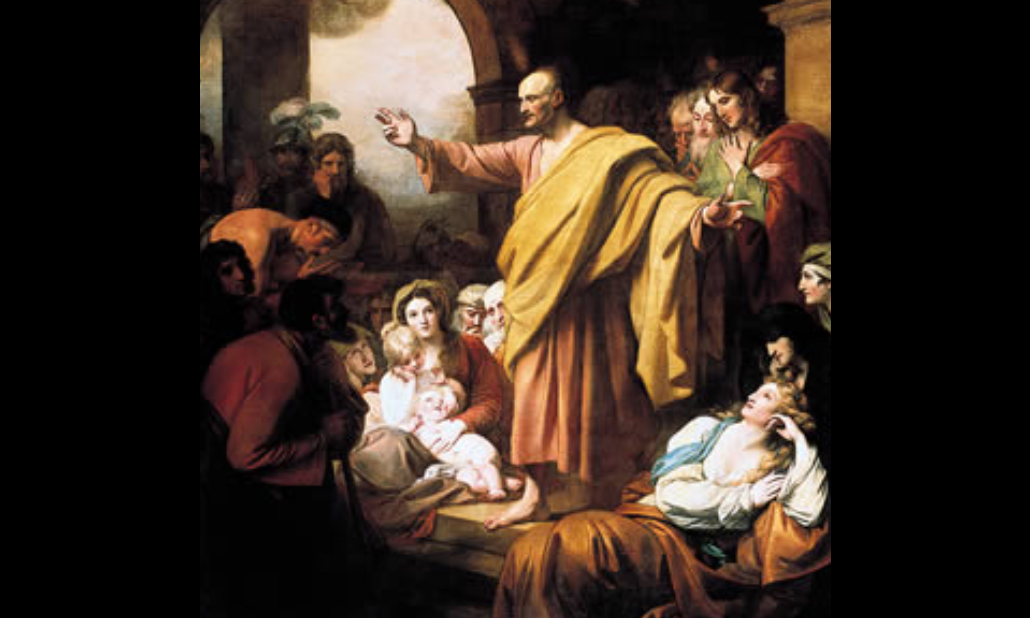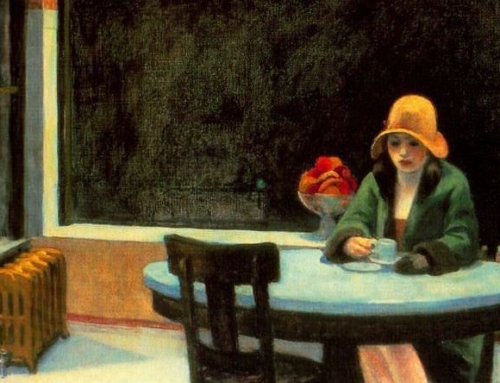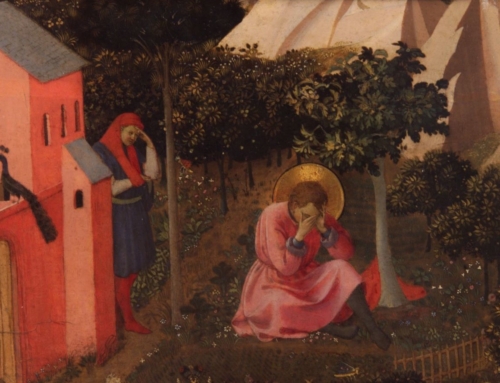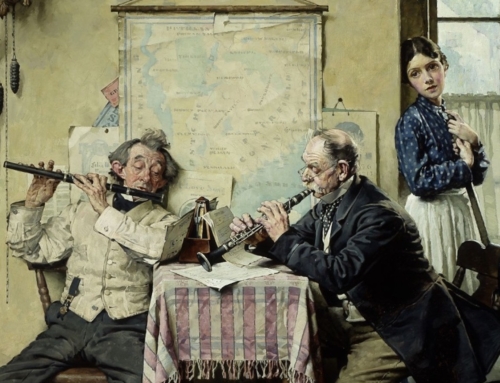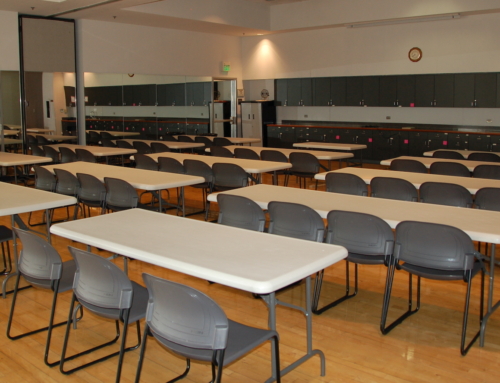God is often accused of hiding. The believer might wonder why God does not provide more miracles to refute the skeptic. The unbeliever, on the other hand, may justify his unbelief by a lack of sufficiently obvious miracles. Why does God not give more signs?
In today’s reading at Mass, from the third chapter of the Acts of the Apostles, Peter and John pass by a cripple. He begged alms from the apostles, but Peter gave him something far greater:
“I have neither silver nor gold,
but what I do have I give you:
in the name of Jesus Christ the Nazorean, rise and walk.” (Acts 3:6)
The ability to walk was only an external sign of something far greater, namely, the good news of salvation through Jesus Christ. Many witnesses came to believe in Christ through this sign, putting the authorities in a bind. They could not punish Peter and John publicly, since the former cripple walked freely for all to see. Instead, they admonished the apostles not to teach in Jesus’ name (this admonition, unsurprisingly, was not heeded). One wonders how the authorities, the educated men of Judea, could accept the fact of the miracle but reject the men by whom it was wrought.
Today’s reading from Luke’s Gospel (24:13-35) helps to illuminate this aporia. Jesus, after his resurrection, met two of his disciples on the road to Emmaus. Concealing his identity, he went along and conversed with them. With sadness, they informed him that Jesus the Nazorean, whom they had thought to be the redeemer of Israel, had been killed. They were further troubled because some women had been to his tomb in the morning and reported that the body was gone and angels announced that Jesus had risen. Indeed, the body was nowhere to be found. Jesus did not yet reveal his identity, but answered:
“Oh, how foolish you are!
How slow of heart to believe all that the prophets spoke!
Was it not necessary that the Christ should suffer these things
and enter into his glory?” (Luke 24:25-26)
He went on to explain to them how his death and resurrection were foretold in the scriptures. The disciples’ foolishness was not in doubting the report so much as in failing to understand what had been revealed in the scriptures. Only after explaining himself through the Scriptures did he reveal himself by breaking bread with them. The disciples finally understood and immediately returned to Jerusalem to tell the others.
Even the devoted disciples could not make sense by themselves of the recent events. They were certainly not hostile to Jesus, nor were they determined not to believe what he had to say. They were open to the faith, but needed to hear the teaching of the Messiah before they could understand. In this case, the openness to the teaching came before the outward manifestation. The former is clearly more integral to the faith than the latter.
In the case of the healing of the cripple, events are reversed. First comes the sign, and then the preaching. Then there are the divergent responses. Some gather around, listen to Peter’s preaching, and believe. Others conspire to silence the apostles. The difference was not that some believed a miracle to have occured and others did not. Rather, some were open to the message, as the disciples on the road to Emmaus, while others were hard of heart, and did not even consider the possibility that Jesus was the Messiah. The dispute is not over the miracle, but over the openness to Jesus.
Faith is not primarily about analyzing miraculous reports, in the way that the sciences analyze empirical observations. The signs can certainly point us to the faith that was handed down, or remove obstacles to the unbeliever. Indeed, God would not have worked miracles without reason. But the signs can never replace openness to faith in the person of Christ. The question underlying faith is not one of evidence-thresholds for belief in miracles. Rather, the question facing us is the same question faced by the Apostles and their contemporaries: Who is this man?
✠
Image: Benjamin West, St. Peter Preaching at Pentecost

